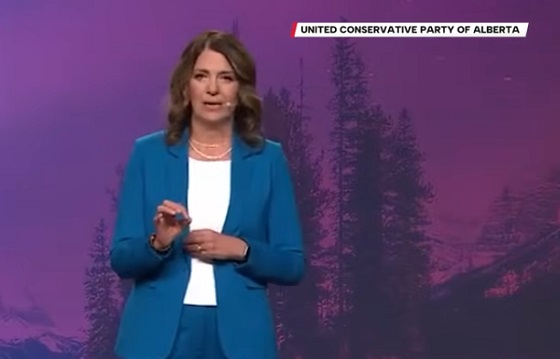Business
Elon Musk says X will disobey Brazil court order to censor accounts, calls on judge to be impeached
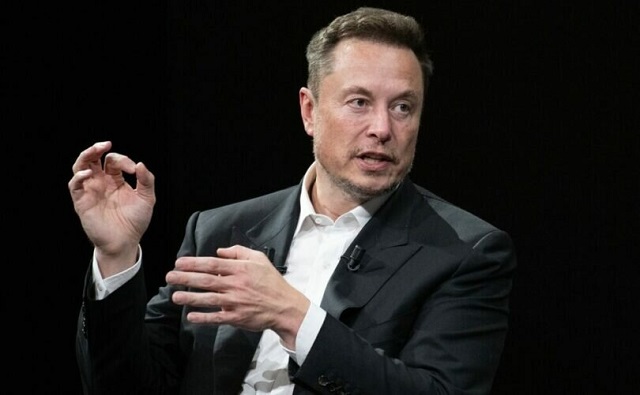
Elon Musk, Frederic Legrand – COMEO/Shutterstock
From LifeSiteNews
Elon Musk stated that his social media platform will likely be forced to shut down operations in Brazil as a result of non-compliance with the court order, but argued that ‘principles matter more than profit.’
Elon Musk has pushed back on demands made in a Brazilian court order to censor certain accounts and called for the impeachment of a leading Supreme Court judge.
On Saturday, April 6, X (formerly known as Twitter) announced that it “has been forced by court decisions to block certain popular accounts in Brazil” under the threat of daily fines if the company fails to comply.
Shortly after the announcement, X owner Elon Musk said that the company would resist these demands, even if it had to shut down its operations in Brazil.
“We are lifting all restrictions,” the billionaire wrote. “This judge has applied massive fines, threatened to arrest our employees, and cut off access to 𝕏 in Brazil.”
“As a result, we will probably lose all revenue in Brazil and have to shut down our office there. But principles matter more than profit.”
In another post on X, Musk announced that his social media platform would publish the demands made by Supreme Court judge and head of Brazil’s Superior Electoral Court Alexandre de Moraes. Musk also called for de Moraes to be impeached and referred to him as “Brazil’s Darth Vader.”
“Coming shortly, 𝕏 will publish everything demanded by @Alexandre [de Moraes] and how those requests violate Brazilian law. This judge has brazenly and repeatedly betrayed the constitution and people of Brazil. He should resign or be impeached. Shame @Alexandre, shame.”
— Te𝕏asLindsay™ (@TexasLindsay_) April 7, 2024
A few days prior, journalist Michael Shellenberger published the “Twitter Files Brazil,” which showed how the Deep State, led by de Moraes, had interfered in the 2022 presidential election by pressuring social media platforms to ban accounts that supported sitting president Jair Bolsonaro or questioned the electoral systems.
READ: New ‘Twitter Files’ show how Brazil’s deep state interfered in the 2022 presidential election
Shellenberger wrote:
On March 30, 2022, the day after de Moraes took office as president of the TSE, the TSE mandated Twitter to, within a week and under the threat of a daily fine of 50,000 BRL (US$ 10,000), supply data on the monthly trend statistics for the hashtags #VotoImpressoNAO (“PrinteVoteNo”) and #VotoDemocraticoAuditavel (“DemocraticAuditableVote”).
In 2022, the court coerced Twitter into censoring several accounts, including two elected House members, for allegedly spreading “disinformation” under the threat of heavy fines. Twitter initially pushed back on these requests and appealed the orders but ended up complying with some of the requests due to the pressure of the heavy penalties.
Under Musk’s leadership, the social media platform appears to reject the censorship demands made by de Moraes and risk the shutdown of the company in Brazil.
“At any moment, Brazil’s Supreme Court could shut off all access to X/Twitter for the people of Brazil,” Shellenberger wrote on April 7 while reporting from Brazil. “It is not an exaggeration to say that Brazil is on the brink of dictatorship at the hands of a totalitarian Supreme Court Justice named Alexandre de Moraes.”
“President Lula da Silva is participating in the push toward totalitarianism,” he added. “Since taking office, Lula has massively increased government funding of the mainstream news media, most of which are encouraging increased censorship.”
In response to Musk’s announcement to disobey the court order, Brazil’s Attorney General Jorge Messias demanded “urgent regulations” of social media platforms. According to the Financial Times, Messias said, “It is urgent to regulate social networks.”
“We cannot live in a society in which billionaires domiciled abroad have control of social networks and put themselves in a position to violate the rule of law, failing to comply with court orders and threatening our authorities,” he added.
Musk called on users in Brazil to download and use a VPN (virtual private network) to be able to use the social media platform, should the government restrict access to X.
Business
Is Carney Falling Into The Same Fiscal Traps As Trudeau?
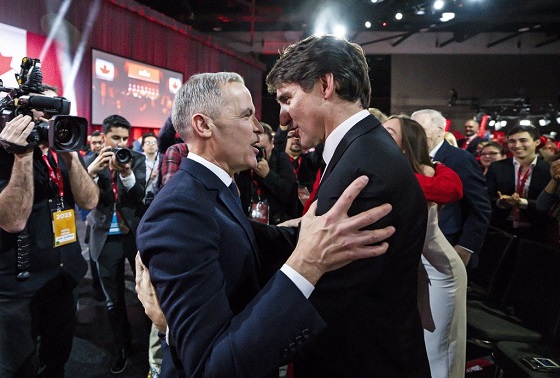
From the Frontier Centre for Public Policy
By Jay Goldberg
Rosy projections, chronic deficits, and opaque budgeting. If nothing changes, Carney’s credibility could collapse under the same weight.
Carney promised a fresh start. His budget makes it look like we’re still stuck with the same old Trudeau playbook
It turns out the Trudeau government really did look at Canada’s economy through rose-coloured glasses. Is the Carney government falling into the same pattern?
New research from the Frontier Centre for Public Policy shows that federal budgets during the Trudeau years “consistently overestimated [Canada’s] fiscal health” when it came to forecasting the state of the nation’s economy and finances over the long term.
In his research, policy analyst Conrad Eder finds that, when looking specifically at projections of where the economy would be four years out, Trudeau-era budgets tended to have forecast errors of four per cent of nominal GDP, or an average of $94.4 billion.
Because budgets were so much more optimistic about long-term growth, they consistently projected that government revenue would grow at a much faster pace. The Trudeau government then made spending commitments, assuming the money would be there. And when the forecasts did not keep up, deficits simply grew.
As Eder writes, “these dramatic discrepancies illustrate how the Trudeau government’s longer-term projections consistently underestimated the persistence of fiscal challenges and overestimated its ability to improve the budgetary balance.”
Eder concludes that politics came into play and influenced how the Trudeau government framed its forecasts. Rather than focusing on the long-term health of Canada’s finances, the Trudeau government was focused on politics. But presenting overly optimistic forecasts has long-term consequences.
“When official projections consistently deviate from actual outcomes, they obscure the scope of deficits, inhibit effective fiscal planning, and mislead policymakers and the public,” Eder writes.
“This disconnect between projected and actual fiscal outcomes undermines the reliability of long-term planning tools and erodes public confidence in the government’s fiscal management.”
The public’s confidence in the Trudeau government’s fiscal management was so low, in fact, that by the end of 2024 the Liberals were polling in the high teens, behind the NDP.
The key to the Liberal Party’s electoral survival became twofold: the “elbows up” rhetoric in response to the Trump administration’s tariffs, and the choice of a new leader who seemed to have significant credibility and was disconnected from the fiscal blunders of the Trudeau years.
Mark Carney was recruited to run for the Liberal leadership as the antidote to Trudeau. His résumé as governor of the Bank of Canada during the Great Recession and his subsequent years leading the Bank of England seemed to offer Canadians the opposite of the fiscal inexperience of the Trudeau years.
These two factors together helped turn around the Liberals’ fortunes and secured the party a fourth straight mandate in April’s elections.
But now Carney has presented a budget of his own, and it too spills a lot of red ink.
This year’s deficit is projected to be a stunning $78.3 billion, and the federal deficit is expected to stay over $50 billion for at least the next four years.
The fiscal picture presented by Finance Minister François-Philippe Champagne was a bleak one.
What remains to be seen is whether the chronic politicking over long-term forecasts that plagued the Trudeau government will continue to be a feature of the Carney regime.
As bad as the deficit figures look now, one has to wonder, given Eder’s research, whether the state of Canada’s finances is even worse than Champagne’s budget lets on.
As Eder says, years of rose-coloured budgeting undermined public trust and misled both policymakers and voters. The question now is whether this approach to the federal budget continues under Carney at the helm.
Budget 2025 significantly revises the economic growth projections found in the 2024 fall economic statement for both 2025 and 2026. However, the forecasts for 2027, 2028 and 2029 were left largely unchanged.
If Eder is right, and the Liberals are overly optimistic when it comes to four-year forecasts, then the 2025 budget should worry Canadians. Why? Because the Carney government did not change the Trudeau government’s 2029 economic projections by even a fraction of a per cent.
In other words, despite the gloomy fiscal numbers found in Budget 2025, the Carney government may still be wearing the same rose-coloured budgeting glasses as the Trudeau government did, at least when it comes to long-range fiscal planning.
If the Carney government wants to have more credibility than the Trudeau government over the long term, it needs to be more transparent about how long-term economic projections are made and be clear about whether the Finance Department’s approach to forecasting has changed with the government. Otherwise, Carney’s fiscal credibility, despite his résumé, may meet the same fate as Trudeau’s.
Jay Goldberg is a fellow with the Frontier Centre for Public Policy.
Business
Carney government should privatize airports—then open airline industry to competition

From the Fraser Institute
By Alex Whalen and Jake Fuss
This holiday season, many Canadians will fly to spend time to with family and friends. But air travellers in Canada consistently report frustration with service, cost and choice. In its recent budget, the Carney government announced it will consider “options for the privatization of airports.” What does this mean for Canadians?
Up until the 1990s, the federal government served as both the owner and operator of Canada’s major airports. The Chrétien government partially privatized and transferred the operation of major airports to not-for-profit airport authorities, while the federal government remained the owner of the land. Since then, the federal government has effectively been the landlord for Canada’s airports, collecting rent each year from the not-for-profit operating authorities.
What would full privatization of airports look like?
If the government allows private for-profit businesses to own Canada’s major airports, their incentives would be to operate as efficiently as possible, serve customers and generate profits. Currently, there’s little incentive to compete as the operating authorities are largely unaccountable because they only report to government officials in a limited form, rather than reporting directly to shareholders as they would under privatization. Private for-profit airports exist in many other countries, and research has shown they are often less costly for passengers and more innovative.
Yet, privatization of airports should be only the first step in a broader package of reforms to improve air travel in Canada. The federal government should also open up competition by creating the conditions for new airports, new airlines and new investment. Currently, Canada restricts foreign ownership of Canadian airlines, while also restricting foreign airlines from flying within Canada. Consequently, Canadians are left with little choice when booking air travel. Opening up the industry by reversing these policies would force incumbent airlines to compete with a greater number of airlines, generating greater choice and likely lower costs for consumers.
Moreover, the federal government should reduce the taxes and fees on air travel that contribute to the cost of airline tickets. Indeed, according to our recent research, among peer countries, Canada has among the most expensive air travel taxes and fees. These costs get passed on to consumers, so it’s no surprise that Canada consistently ranks as a very expensive country for air travel.
If the Carney government actually privatizes Canada’s airports, this would be a good first step to introducing greater competition in an industry where it’s badly needed. But to truly deliver for Canadians, the government must go much further and overhaul the numerous policies, taxes and fees that limit competition and drive up costs.
-

 National1 day ago
National1 day agoCanada Needs an Alternative to Carney’s One Man Show
-

 Alberta20 hours ago
Alberta20 hours agoThis new Canada–Alberta pipeline agreement will cost you more than you think
-
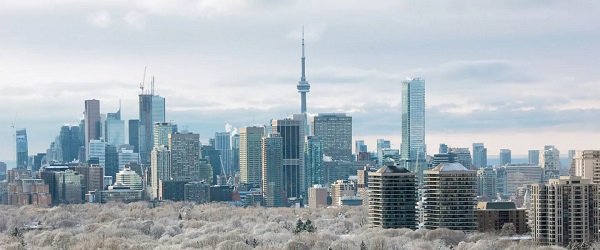
 Business1 day ago
Business1 day agoRecent price declines don’t solve Toronto’s housing affordability crisis
-

 Daily Caller1 day ago
Daily Caller1 day agoTech Mogul Gives $6 Billion To 25 Million Kids To Boost Trump Investment Accounts
-
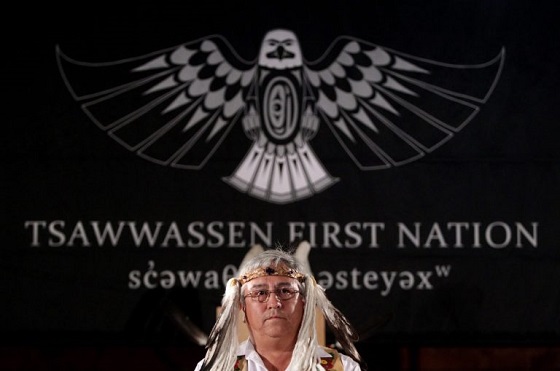
 Energy19 hours ago
Energy19 hours agoUnceded is uncertain
-

 Automotive19 hours ago
Automotive19 hours agoPower Struggle: Governments start quietly backing away from EV mandates
-
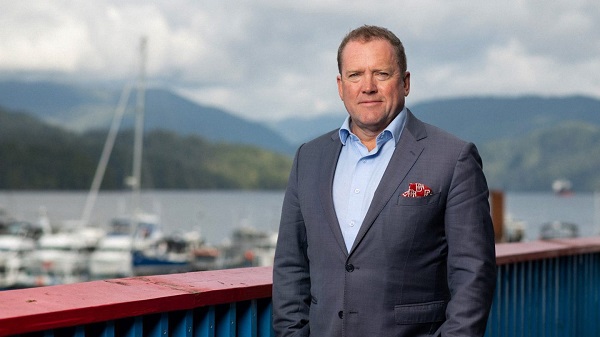
 Business1 day ago
Business1 day agoCanada’s future prosperity runs through the northwest coast
-

 Business20 hours ago
Business20 hours agoNew Chevy ad celebrates marriage, raising children




